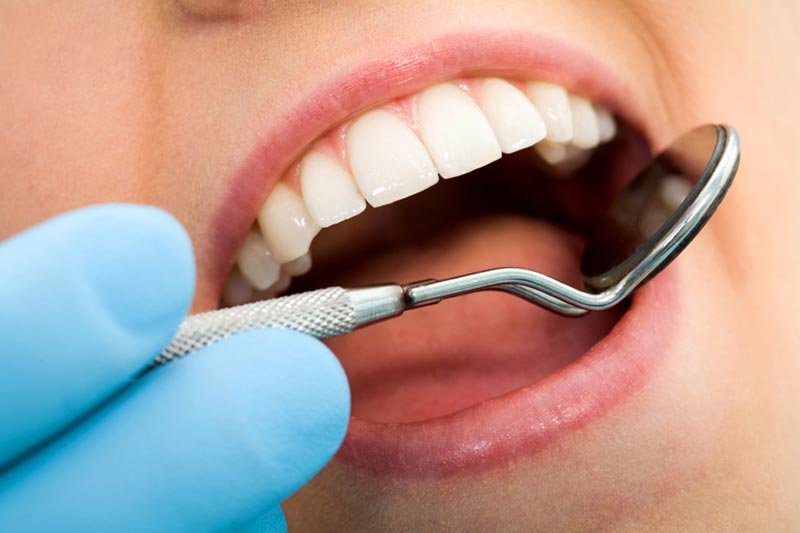Gum Grafting



Your Ottawa Gum Graft Specialist
Gum grafting is a dental procedure that can help correct receding gums. Gum recession occurs when the gum tissue that surrounds the teeth pulls back or wears away. This exposes more of the tooth’s root and causes gaps to form between the gum line and the teeth. If bacteria begin to build up in these gaps, the bone structure and supporting tissue around the teeth can become severely damaged. This may result in tooth loss. Your Ottawa gum graft professionals can help you with this.
How Gum Recession Occurs
Gum recession is a common dental problem that can affect anyone. In fact, between 4 to 12% of adults experience gum recession. Gum recession is often not noticed until it becomes severe, and a variety of issues can cause the recession to occur. One of the main causes of gum recession is periodontal disease, also known as gum disease. Periodontal disease is a bacterial gum infection that destroys the supporting bone and gum tissue that hold your teeth in place.
However, periodontal disease isn’t the only issue that can cause gums to recede. Other factors can include:
- Aggressive tooth brushing
- Hormonal Changes
- Grinding or clenching your teeth
- Tongue or lip body piercings
- Genetics
- Insufficient dental care
- Braces
- Use of tobacco products
Contact Us
Different Types of Gum Tissue Grafts At Your Ottawa Gum Graft Specialist
There are three different types of gum tissue grafts that dentists typically perform: connective tissue grafts, free gingival grafts, and pedicle grafts. Since each graft takes care of different issues, your Ottawa gum graft specialist will work with you to decide which graft will best suit your needs.
Connective Tissue Graft
A connective tissue graft is the most common type of gum graft used to treat tooth root exposure. During the procedure, your dentist will open a small flap in the roof of your mouth to remove a piece of connective tissue called the subepithelial connective tissue. This connective tissue is then stitched to the gum tissue around the exposed root, and the flap in the roof of your mouth is stitched back down.
Free Gingival Graft
Like the connective tissue graft, a free gingival graft uses tissue from the roof of your mouth. However, instead of creating a flap to remove connective tissue, your dentist will remove a small amount of tissue directly from the roof of your mouth and attach it to the area being treated. The free gingival graft method is most often used on people who have thin gums and need more tissue to help enlarge their gums.
Pedicle Graft
During the pedicle graft procedure, tissue is taken from the gum near the area that needs repair. This flap, which is called a pedicle, is partially cut away so one edge remains attached. It’s then pulled over the exposed tooth root and sewn into place. Only people who have plenty of gum tissue near the tooth can qualify for a pedicle graft.

